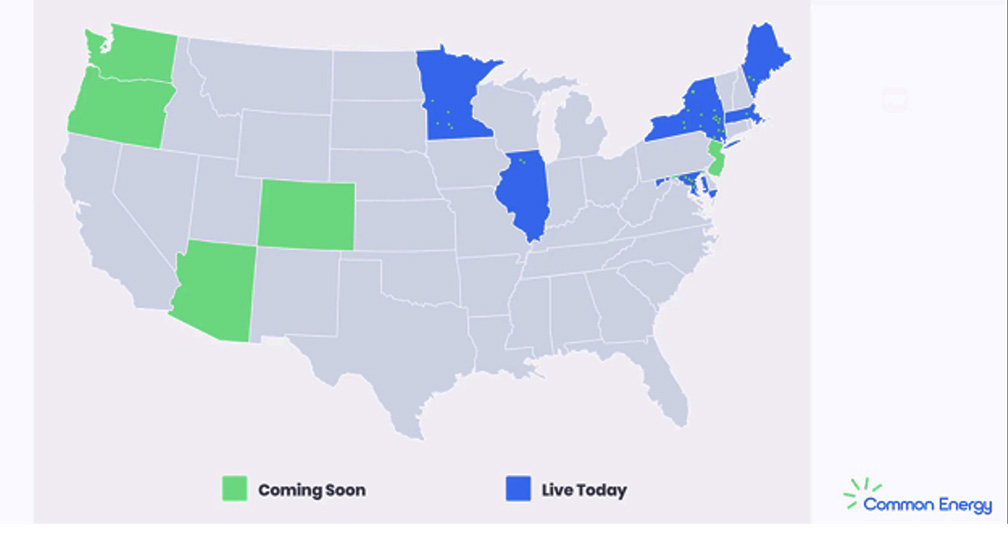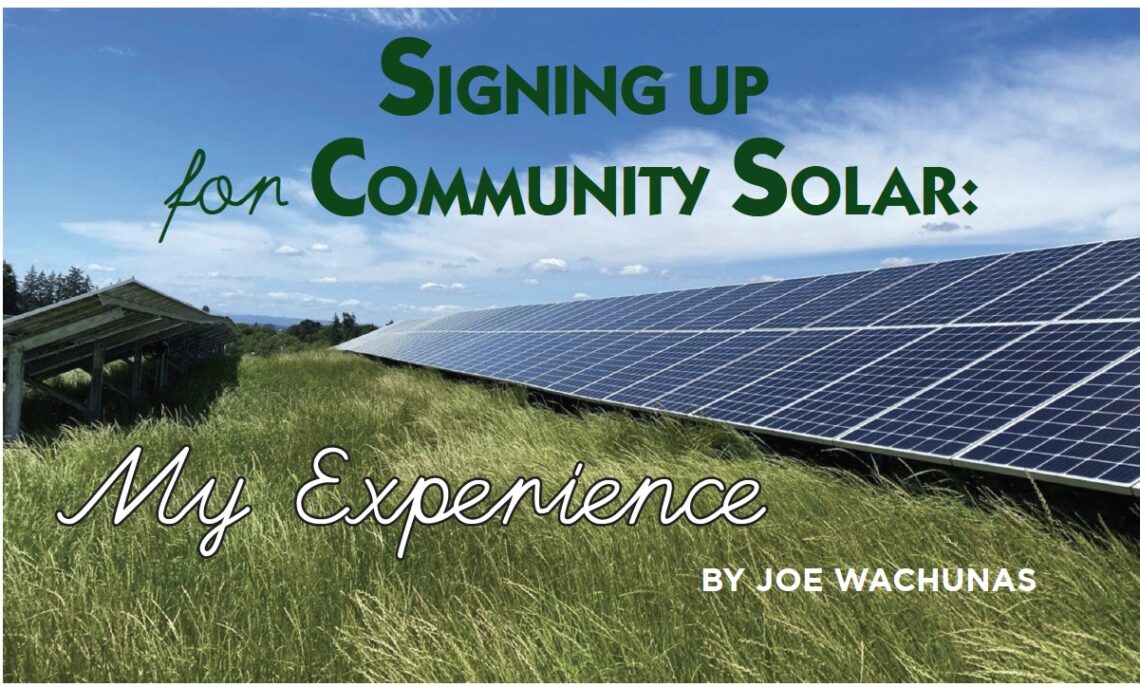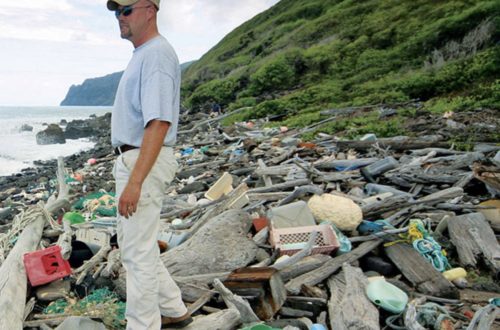My Experience
Community solar just had its first birthday in Oregon. While the program was years long in the rulemaking, it has been slow to roll out, and COVID then threw a wrench in the works. The first PV projects are now steadily moving forward and will go into the ground and catch solar photons next year.
Oregon is one of a handful of states which currently have policies that support community solar. Some states (in green below) have programs in the works or about to launch, while others (in blue) have live, active community solar programs you can sign up for now. Advocates see community solar as an important niche in the solar world and a meaningful way to grow the industry and clean energy. According to NREL, community solar capacity has grown by about 130% year over year since 2010, or more than doubled on average every year.
As my non-profit was preparing to host a webinar on community solar in early December, I decided to look into the topic, interview some people involved in the program, and sign up myself to see how it’s going and better understand how community solar works in general.
Signing Up My Family For Community Solar
Community solar is for folks who can’t install solar panels on their rooftops, either because their roof isn’t in good shape, or they don’t have the upfront capital, or they rent and don’t own their home. Instead, they can essentially buy solar panels at a solar farm (usually off in a field somewhere relatively nearby), receive a credit off their utility bills, and take part in growing solar energy locally. This opens up the benefits of solar energy to many more people. There’s an excellent two-minute video explaining community solar here.
Take my family as an example. We were lucky enough to install solar panels on our house when we first moved into it in 2012. Still, after making our home all-electric and buying an electric car, the energy these solar panels produce only meet about 60% of our needs. Since we’re out of space on our rooftop for more solar panels, we needed another solution.
So I signed us up for a community solar program through the company Oregon Shines. I filled out a quick form which asked for my energy usage history from my utility bill, and voila, I was registered to “receive” the energy coming from about 7 solar panels in the Red Prairie Solar Project, which will be constructed early next year. Now, of course, the electrons flowing out of those Red Prairie panels won’t really come into my house like the ones on my roof do. Still, they’ll be providing new solar energy that will go into the grid. My family will be directly supporting that clean energy.
How Community Solar Works in Oregon
The difference between signing up for community solar and installing solar panels on our house was the ease and upfront affordability. We didn’t have to put any money down and were able to sign up in 15 minutes. When the Red Prairie Solar Farm
is built, we’ll start paying for the clean energy it produces on our utility bill at a lower rate than the utility-provided power we were buying before (typically between 5-10% lower). So it ends up being an effortless way to save money and support solar energy at the same time. We signed a 20-year contract for solar power, but we can cancel without charge if we give 30 days’ notice. Signing up for community solar is so easy and affordable that it will open up solar energy to many more people, including low-income families (Oregon has a unique program for these families, which I’ll talk about in another article).
On the flip side, there are definite benefits to owning solar panels on your roof since you reap all the financial benefits from your investment. Since we installed our solar panels in 2012, we’ve netted around $5,000. Plus, your home is powered by sunshine on most days. So community solar won’t and shouldn’t replace residential solar. It’s just another tool in our renewable energy toolbelt, and this feels like a big win.
After signing up my family for community solar, I decided to interview key people making it happen in my state. I interviewed the team running Oregon’s community solar program, the non-profit coordinating the low-income portion, and a company working on getting people signed up for community solar.

Stay tuned for more articles on community solar, and check out Electrify Now’s webinar at https://bit.ly/3jr1Nwj
Joe Wachunas lives in Portland, Oregon, and works for the non-profit Forth, which promotes electric transportation. He is also involved with Electrify Now because he believes that electrifying everything, from transportation to homes, is the quickest path to an equitable, clean energy future. And, of course, Joe and his family live in an all-electric home and drive an EV.






